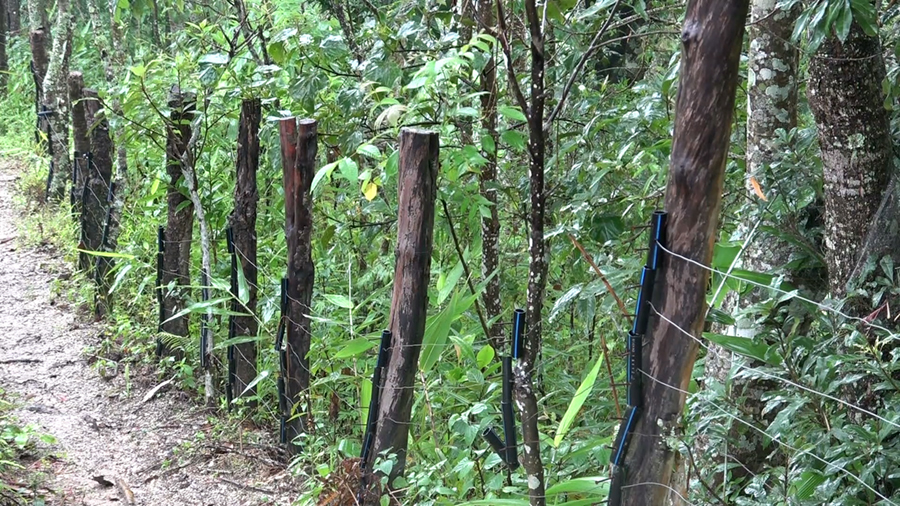
For the 13th Five-Year Plan, the Ministry of Agriculture and Livestock has allocated Nu 5bn to implement fencing technology across all 20 districts, making it the highest budget allocation among all agricultural projects. This initiative aims to reduce crop loss caused by wildlife damage by expanding the current fencing from 87 kilometres to 3,400 kilometres.
In 2023, the government installed fencing along 87 kilometres in 19 districts except for Haa. This time, the target is to extend to 3,400 kilometres across all 20 districts.
In the first year, the government plans to cover more than 530 kilometres of fencing.
This will increase to 1,141 kilometres in the second year, 1,923 kilometres in the third year and 2,700 kilometres in the fourth year, ultimately reaching 3,487 kilometres by 2029.
“Every year, wildlife depredation on crops remains a consistent issue, with human-wildlife conflict involved in 19 and 43 per cent of these cases. This conflict is forcing people to abandon their villages and homes. The cost of fencing, which is around Nu 1.5 M per kilometre, makes it a significant investment. Nevertheless, in the 13th Five-Year Plan, our target is to protect at least 51,000 acres of farmland,” said Tshetrim, National Chain-link Focal, Department of Agriculture.
He added that this time, the ministry will adopt innovative fencing techniques. This will include both electric fencing and barbed wire fencing. In some areas, chain link fencing will be combined with barbed wire on top.
“We have established an eligibility criteria for fencing. Farmers with more than 30 acres of farmland will qualify as the investment required for protecting just one or two acres is substantial compared to the area being protected. We need to carefully determine the eligibility. Additionally, we also have crop-related criteria where only farmers who grow paddy, maize, potatoes, and vegetables are eligible.”
Today, farmers leave their land fallow in many parts of the country due to human-wildlife conflicts. And those who continue farming often have to spend sleepless nights guarding their crops.
“At the moment, we neither have electric fencing nor chain-link fencing. But we were told that we would get either of the two very soon. The fencing will benefit us immensely to protect our crops from wild animals. Today, in the absence of fencing, wild boars attack our crops at night and monkeys during the day,” said Mon Bdr. Tamang, a farmer from Tsholingkhar Gewog, Tsirang.
“We have cultivated on our 30 to 50 acre of land but our crops have been destroyed and it looks like we won’t be able to harvest anything this year. If we receive fencing, we will protect the crops and ensure that the investment is not wasted. This support will also allow us to make a good living,” said Jangchub Namgay, a farmer from Khar Gewog, Pema Gatshel.
The government is funding the project with an additional Nu 1.5bn in project-tied assistance from the Indian government.
By the end of 2029, the Ministry of Agriculture and Livestock aims to increase the agri-food sector’s GDP contribution from Nu 31bn to Nu 50bn.
Samten Dolkar







